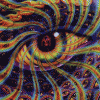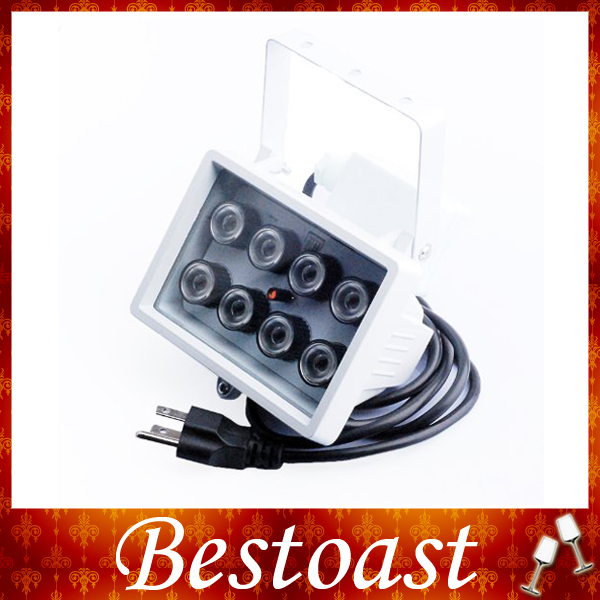Props to Lostfalco for bringing this to our attention! This is a divergence from the original thread in which he brought it up which can be found here. I thought it would be worthwhile making a new thread for this topic as a) I don't want to clog up his other one with too much laser stuff and b) I can see this taking off in the future. This thread will be concerned with anything and everything LLLT, studies, anecdotes, experiences etc...
Here is a short description of the therapy and it's potential uses in the context of the brain
Low level laser (or light) therapy (LLLT) has been clinically applied for many indications in medicine that require the following processes: protection from cell and tissue death, stimulation of healing and repair of injuries, and reduction of pain, swelling and inflammation. One area that is attracting growing interest is the use of transcranial LLLT to treat stroke and traumatic brain injury (TBI). The fact that near-infrared light can penetrate into the brain would allow non-invasive treatment to be carried out with a low likelihood of treatment-related adverse events. LLLT may have beneficial effects in the acute treatment of brain damage injury by increasing respiration in the mitochondria, causing activation of transcription factors, reducing key inflammatory mediators, and inhibiting apoptosis.
Though only TBI patients are mentioned here, it has been also trialled and found beneficial in healthy individuals. Through lostfalco's experimentation it has been established that the vetrolaser is an effective laser to use for these purposes. However this thing is pretty damn expensive, and there are currently efforts to find and use cheaper alternatives. Naturally this is undertaken at the user's discretion, and hopefully a safe, cheap and effective model will be found (without any brains/wallets being fried in the process).
There are quite a few good studies out there, which I can't find right now.. But here are a few of interest.. If you guys find any feel free to link them here
[1]
Conclusion
We gave one 8-minute treatment with NIR-PBM to 10 patients with major depression, including 7 with a history of substance abuse (6 with a past history of opiate abuse and one with a past history of alcoholism), and 9 with an anxiety disorder, including 3 with PTSD. We found significant reductions in both mean HAM-D and HAM-A rating at 2 and 4 weeks following treatment. At 2-weeks post treatment 6 of 10 of patients had a remission (a score ≤ 10) on the HAM-D and 7 of 10 on the HAM-A. We observed no side effects. This small feasibility study suggests that follow-up double blind randomized placebo-controlled trials of NIR-PBM for the treatment of psychological disorders are indicated.
[2]
Low-level light therapy improves cortical metabolic capacity and memory retention.
Rojas JC, Bruchey AK, Gonzalez-Lima F.
Source
Department of Psychology, Pharmacology and Toxicology, University of Texas at Austin, Austin, TX, USA.
Abstract
Cerebral hypometabolism characterizes mild cognitive impairment and Alzheimer's disease. Low-level light therapy (LLLT) enhances the metabolic capacity of neurons in culture through photostimulation of cytochrome oxidase, the mitochondrial enzyme that catalyzes oxygen consumption in cellular respiration. Growing evidence supports that neuronal metabolic enhancement by LLLT positively impacts neuronal function in vitro and in vivo. Based on its effects on energy metabolism, it is proposed that LLLT will also affect the cerebral cortex in vivo and modulate higher-order cognitive functions such as memory. In vivo effects of LLLT on brain and behavior are poorly characterized. We tested the hypothesis that in vivo LLLT facilitates cortical oxygenation and metabolic energy capacity and thereby improves memory retention. Specifically, we tested this hypothesis in rats using fear extinction memory, a form of memory modulated by prefrontal cortex activation. Effects of LLLT on brain metabolism were determined through measurement of prefrontal cortex oxygen concentration with fluorescent quenching oximetry and by quantitative cytochrome oxidase histochemistry. Experiment 1 verified that LLLT increased the rate of oxygen consumption in the prefrontal cortex in vivo. Experiment 2 showed that LLLT-treated rats had an enhanced extinction memory as compared to controls. Experiment 3 showed that LLLT reduced fear renewal and prevented the reemergence of extinguished conditioned fear responses. Experiment 4 showed that LLLT induced hormetic dose-response effects on the metabolic capacity of the prefrontal cortex. These data suggest that LLLT can enhance cortical metabolic capacity and retention of extinction memories, and implicate LLLT as a novel intervention to improve memory.




























































